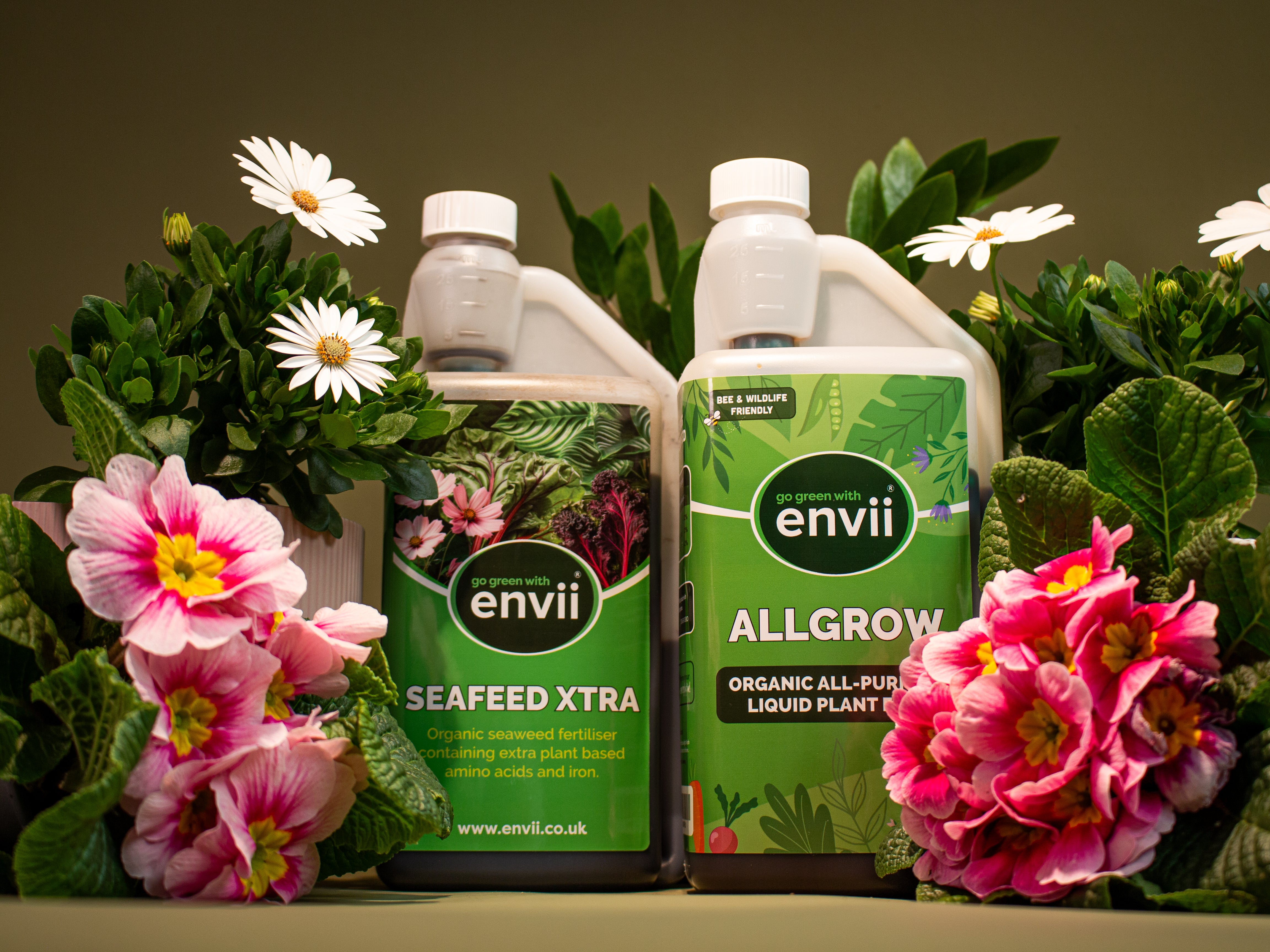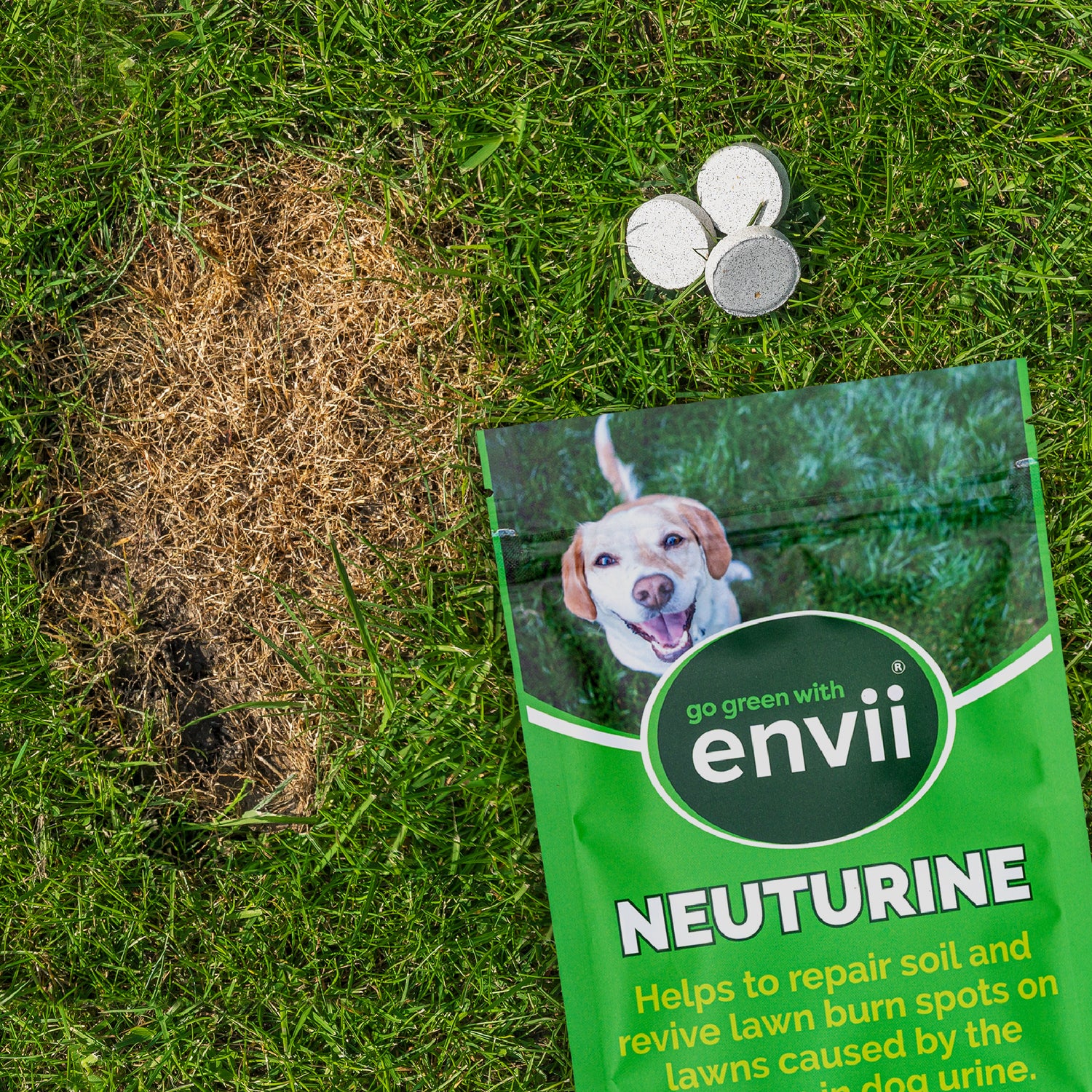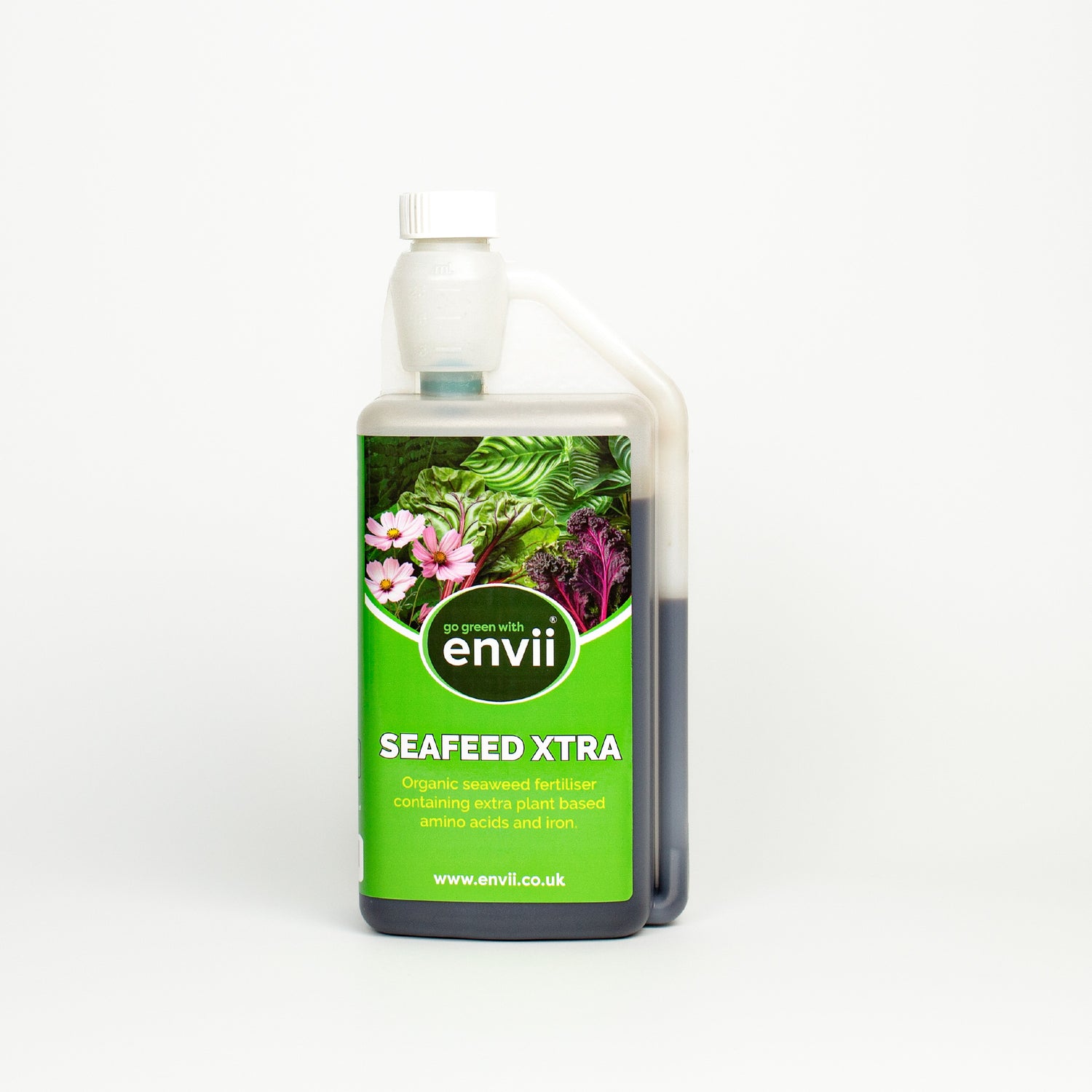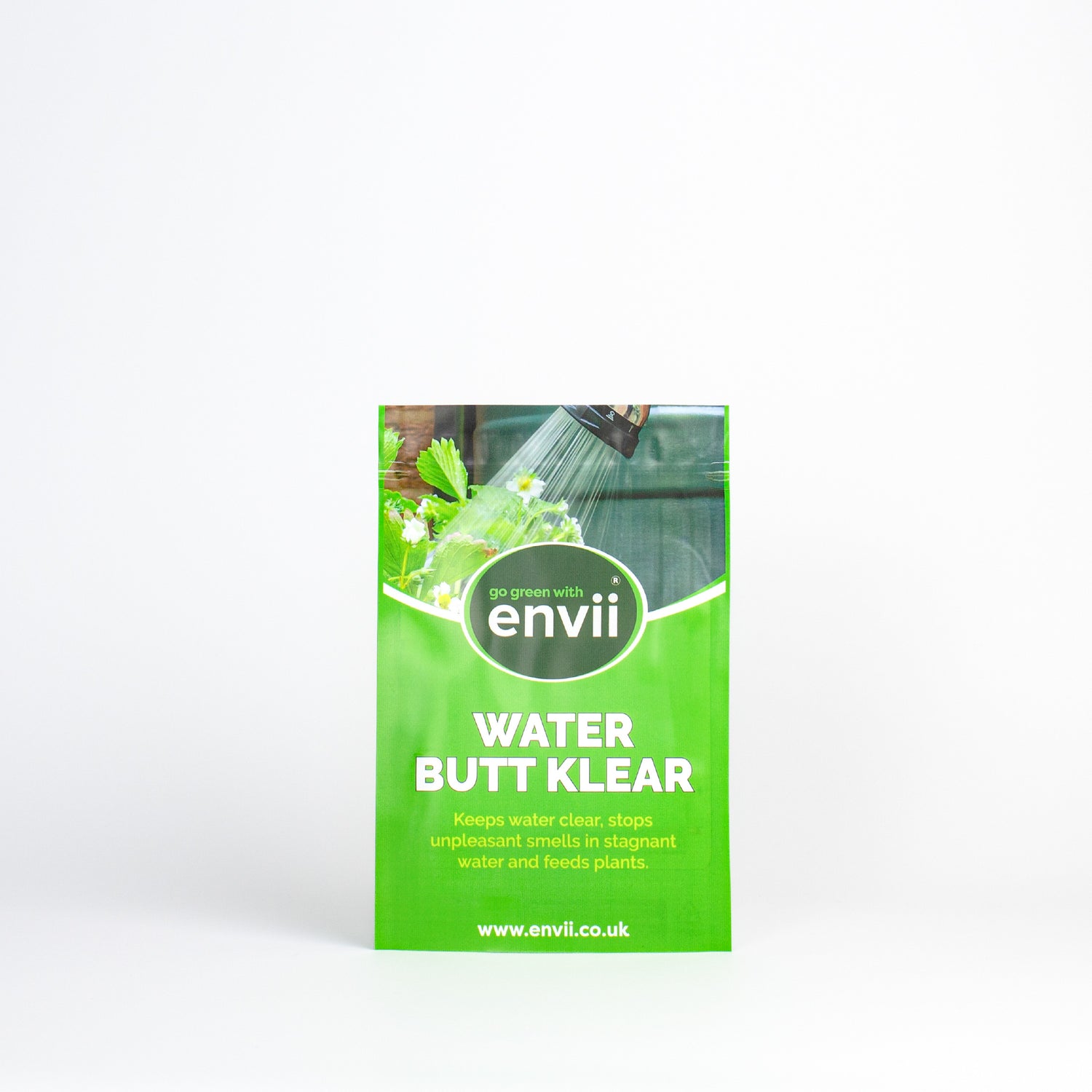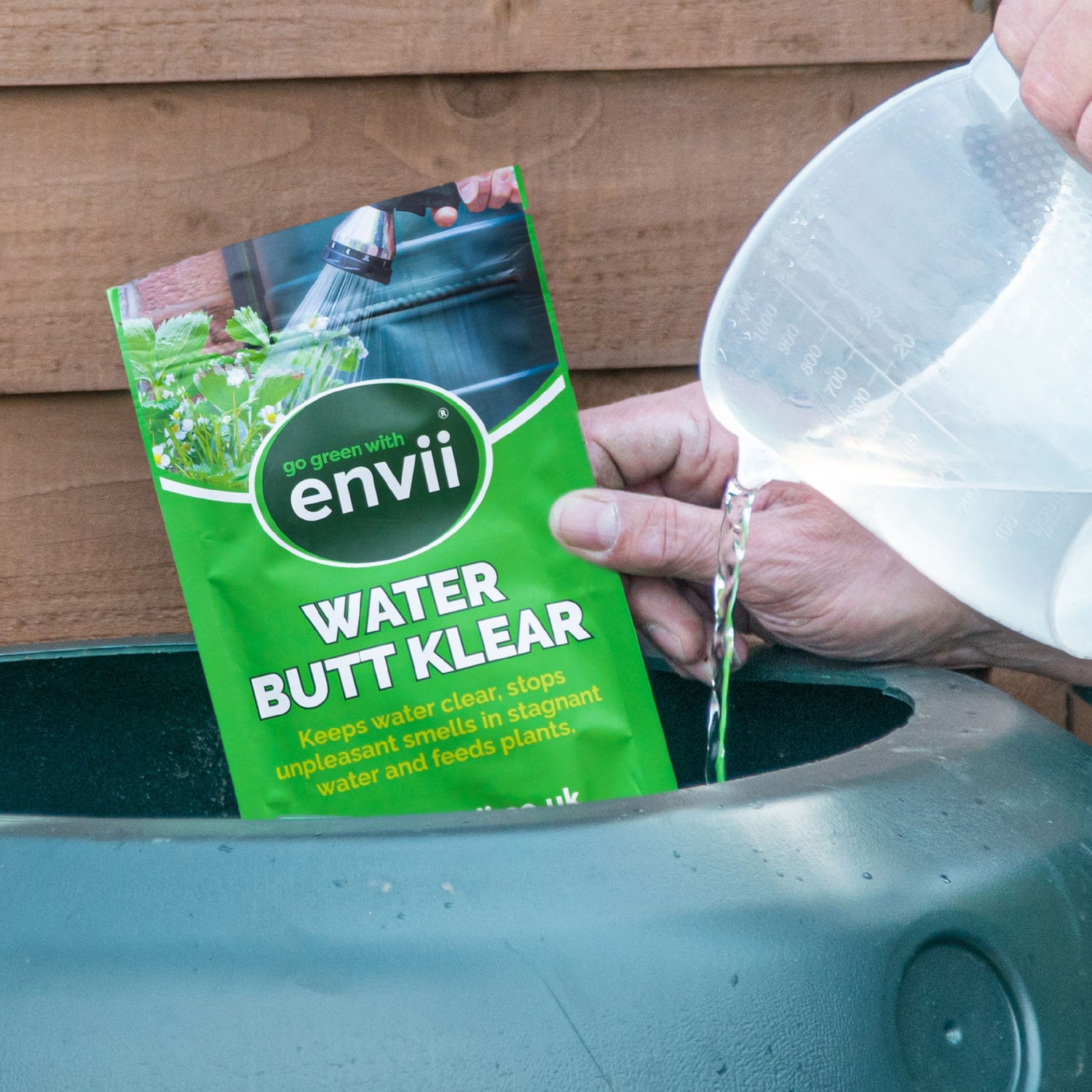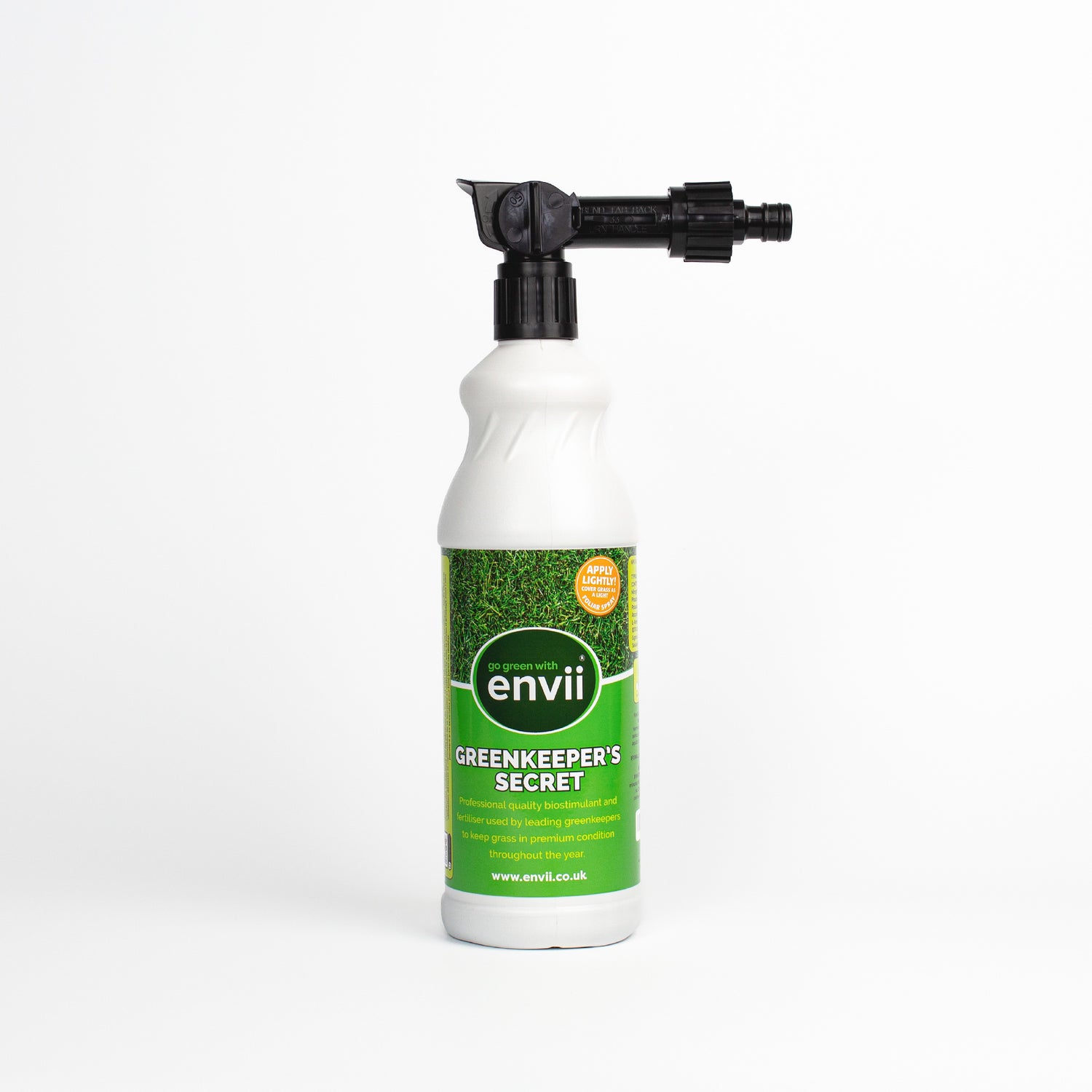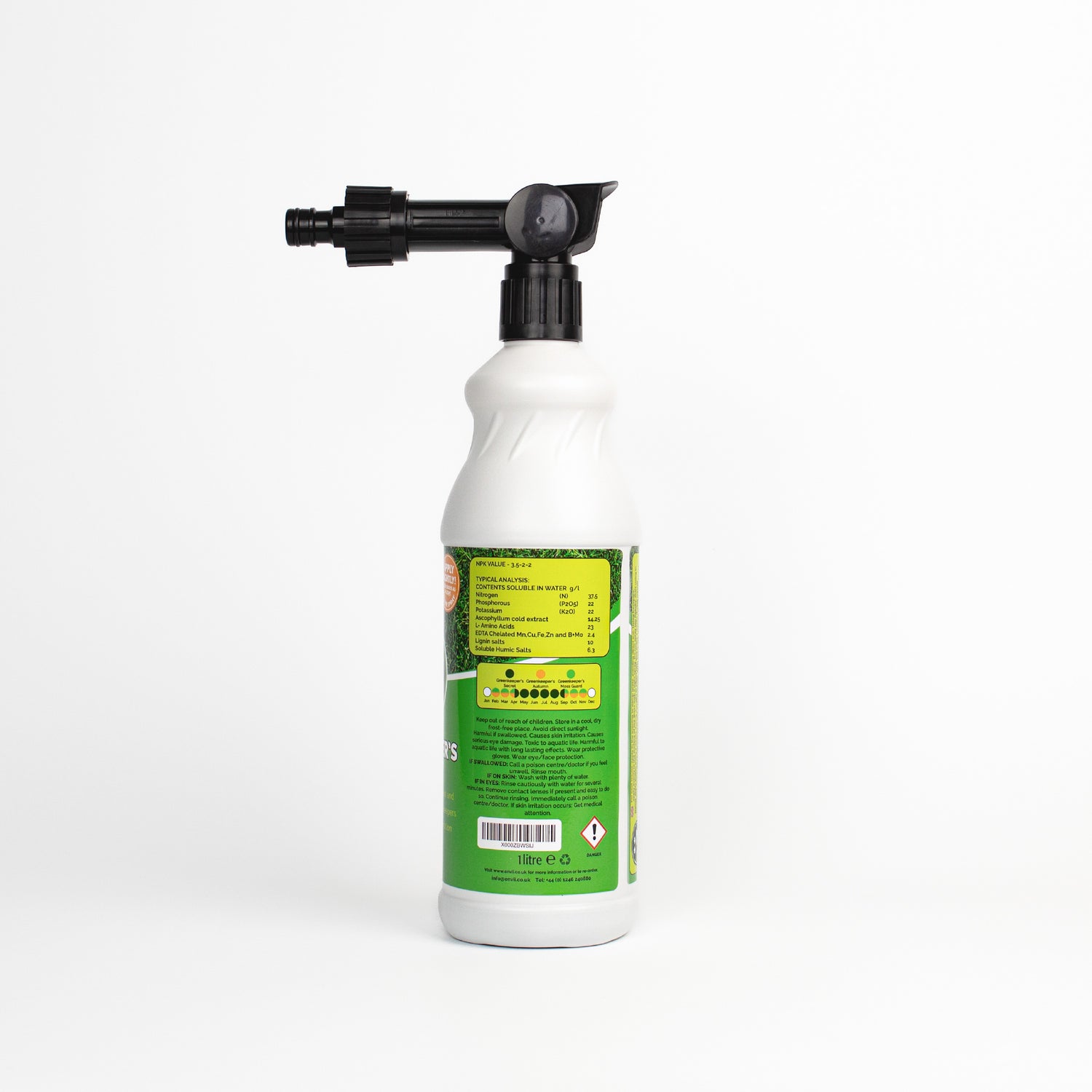Sweet peas are a much-loved favourite among many gardeners, admired for their beautiful blooms and heavenly fragrance. Whether you’re growing them in pots, along fences, or over an archway, sweet peas are the ultimate cut flower that bloom from late Spring to mid-summer when properly cared for.
Find out all about these amazing flowers, including when to sow sweet peas, in our ultimate guide below.
1. Choosing Sweet Pea Varieties
There are over 160 species of the Sweet pea genus, Lathyrus worldwide. The most popular of these for home gardeners is the annual species, Lathyrus odoratus.
Annual Sweet Peas
As annuals, these sweet peas are grown from seeds each year, providing the perfect opportunity to experiment with different varieties. When selecting which sweet pea varieties to grow, you can consider three main factors: flower size, colour, and fragrance.
‘Spencer’ or ‘old-fashioned’ mixed varieties are popular choices, known for their wide range of colours and strong scent. You can also find an abundance of modern varieties that are two-toned, streaked, or extra frilly, adding even more visual interest.
Perennial Sweet Peas
For those who prefer a perennial plant, Lathyrus latifolius offers an option that returns year after year—though, unfortunately, it lacks the strong signature fragrance of annual sweet peas
2. Sowing Sweet Peas
When to plant Sweet Peas
The best time for sowing sweet peas is in the cooler months. They can either be Autumn or Spring sown in the period from October to March. Autumn sowing sweet pea seeds gives them a head start and allows you to enjoy early blooms by late spring or early summer.
Sweet peas have deep-growing roots, so it’s important to choose a container that accommodates this. Deep pots, root trainers, or even a biodegradable option of toilet roll tubes work well.
How to Sow Sweet Peas
Step 1 – Fill containers with homemade or quality peat-free compost
Step 2 – Sow two seeds per tube or pot at a depth of 1.5 cm
Step 3 – The seeds should germinate in about 2-3 weeks, depending on the temperature.
For the best results, germinate sweet pea seeds in a cold frame, an unheated greenhouse, or a cool spot indoors. If starting indoors, move the seedlings to a sheltered spot outdoors as soon as they germinate to prevent them from becoming leggy.
Pro Tip: Soak your sweet pea seeds for 24 hours before sowing, especially if they are older. This softens the tough outer coat and improves germination rates.
3. Pinching Out Sweet Peas
Once your sweet pea seedlings reach about 15 cm in height, it’s time to pinch out the growing tip. Pinching out encourages bushier plants by promoting side shoots, leading to more flowers.
Simply pinch the growing tip above the 2nd or 3rd set of leaves. This small step makes a big difference in the plant’s overall growth and flower production.
Watch our full guide from the Envii YouTube channel
4. Planting out and support
When to plant sweet peas outdoors
Sweet peas are hardy, but it’s safest to plant them out after the risk of frost has passed, typically from late April to mid-May. Prepare your garden bed ahead of time by working in organic matter like well-rotted manure or compost to provide a nutrient-rich foundation for your plants.
As climbers, sweet peas need support to grow vertically. You can use structures like a wigwam of bamboo canes, a trellis, or an arch to train them. When planting, place two plants next to each other against the support structure, spacing additional plants 4-6 inches away from them.
Nitrogen-fixing in Sweet Peas
Sweet peas are known as nitrogen-fixers. They form a beneficial relationship with bacteria in the soil, specifically at nodules in their roots. This process helps the plants absorb nitrogen, a crucial nutrient for healthy growth.
To establish this relationship from the start, sprinkle a root-friendly mix of beneficial bacteria and mycorrhizal fungi, such as Envii Root Well, around the base of your sweet pea plants when transplanting. This will boost root development and improve nitrogen uptake.
For stronger, healthier plants, tie in your sweet pea vines regularly to guide their growth rather than letting them use their tendrils. This ensures they direct more energy into producing leaves and flowers instead of building strong tendrils.
Top Tip: Cut off tendrils in the early stages to focus the plant’s energy on growing and flowering rather than supporting itself.
5. Maintenance
Feeding
To keep your sweet peas flourishing, regular feeding is essential. In the early stages, feed your plants every couple of weeks with a lower-NPK seaweed-based fertiliser such as Envii Seafeed Xtra. Seaweed helps younger plants, in particular, to deal with environmental stresses. It also aids in building a strong foundation for them to grow.
Once they begin flowering, switch to a multipurpose liquid feed with a higher nutrient content, such as Envii Allgrow, to support ongoing blooms through the summer.
Deadheading
Deadheading is another critical step in sweet pea maintenance. Regularly remove spent flowers and seed pods to encourage continuous blooming. When the plant starts to produce seed pods, it redirects its energy towards seed development instead of flowering. As a result, the number of blooms decreases.
6. Saving Sweet Pea Seeds
Towards the end of summer, when your sweet peas have completed their flowering season, you can start collecting seeds for the following year.
Allow the seed pods to dry on the plant until they turn brown.
Once fully dry, remove the seeds and store them in a paper envelope in a cool, dry place. This ensures you have a fresh batch of seeds for sowing sweet peas next season.
Summary
Sweet peas are an easy-to-grow, highly rewarding flower that adds both beauty and fragrance to any garden.
Whether you’re sowing sweet peas in autumn or spring, providing them with proper support, feeding, and care will ensure a bountiful display of blooms.
Be sure to leave us a comment if you found this blog helpful or get in touch with our team to see how we can help with your gardening queries!
Share
